Vegetables that start with O are food offering fascinating flavors, textures, and culinary possibilities, showcasing a wide range of O-beginning foodstuffs in the world.
From the earthiness of oca to the versatility of onions and the aromatic essence of oregano, these vegetables bring a unique charm to dishes around the world.
Whether they are used to add depth to sauces, thicken stews, or provide a burst of color to salads, “O” veggies have found their way into diverse cuisines.
In this exploration, let me take you through these vegetables and introduce you to some fruits that also start with O. Read on to find out.
8 Fascinating Vegetables That Start with O with Filters
Find out some of the veggies that start with O to expand your understanding. With the filter, you’ll get to see these options as exotic, fruit vegetables, or even employed in dishes and for garnishing culinary creations.
Oca
- Exotic
- For Dishes
Oca is a vegetable from the Andes region in South America, known as yam in New Zealand as well as uqa in Quechua. Classified as a root vegetable, it is second to potato in the Andean diet.
Its appearance is reminiscent of elongated, slender tubers, similar to small, finger-like potatoes.
The texture can range from slightly crunchy when raw to tender and starchy when cooked. The flavor profile is often described as mildly tangy, with hints of citrus and nuttiness.
However, oca of different colors may slightly differ in flavor, with red oca being crispy and juicy, while orange one is crunchy. Pink and white oca features a juicy mouthfeel.
Ogo
- Exotic
- For Garnish
Ogo is a seaweed of Hawaii, also called red ogo, long ogo, or limu ogo. Thrives in the ocean waters, the seaweed features branching, reddish-brown fronds that has a tender but crispy and slightly chewy quality.
Ogo’s flavor is distinctively oceanic and salty, with subtle brininess and a touch of natural saltiness. In Hawaiian cuisine, ogo is a treasured ingredient, it is used in dishes such as poke, a traditional Hawaiian seafood salad.
In Japan, ogo is known as “nori-tsukudani” and is often prepared as a type of tsukudani (preserved food). Ogo is also simmered with soy sauce, sugar, and other seasonings to create a savory condiment, a topping, or a side dish.
Oil Palm
- Exotic
- For Dishes
Oil palm is a unique and versatile plant native to Africa and has gained global recognition for its valuable oil-rich fruits. Also known as African oil palm, this plant falls under the category of fruit-bearing trees.
African oil palm is the most cultivated species, known for its clusters of reddish fruit bunches, consisting of individual fruit pods, each containing oil-rich kernels.
The oil palm fruit’s texture varies based on its ripeness, with young, unripe fruits being firmer, while ripe ones are softer. The oil extracted from the fruit’s kernels is smooth and viscous, with the palm fruit’s pulp offering a tangy, buttery taste.
In most cases, oil palm fruits are not eaten, but they can have a cooling effect in the summer if you eat the tender fruit pulp.
Okra
- For Dishes
- Fruit Vegetables
Okra is a vegetable with origins in Africa, though it has become a part of cuisines around the world. With other names like lady’s finger, okra is considered a fruit vegetable and boasts multiple varieties.
Defined by its elongated, ribbed pods that taper to a point, these green pods house the edible seeds and mucilage. Okra comes in several varieties with varied properties in terms of looks.
Fresh okra is crisp and juicy, while cooked okra develops a slimy, gooey texture. As for flavor, okra offers a mild taste with subtle earthy and grassy notes.
Olive
- For Dishes
- For Garnish
- Fruit Vegetables
Olive is a fruit coming from the Asia Minor region that produces a diverse range of olive varieties, each offering a wide range of flavors. They vary in size, shape, and color, from deep purples and blacks to light greens.
The texture of olives can range from tender to firm, depending on the variety and processing method. Some olives are brine-cured, preserving their natural firmness, while others are water-cured, resulting in a softer texture.
In Greek cuisine, Kalamata olives are a staple, featured in Greek salads and mezze platters. Similarly, in Italian cuisine, various olives are used in pasta dishes, pizzas, and antipasti.
Onion
- For Dishes
- For Garnish
Onion is the most common vegetable boasting an array of varieties that cater to various tastes and culinary traditions. These pungent onions vary in size, shape, and color, from the classic globe-shaped to elongated shallots.
Some of the popular onion varieties include yellow onion, red onion, white onion, shallots, pearl onion, cipollini onion, etc.
As for texture, onions vary depending on how they’re prepared. Raw onions can be crisp and pungent, while cooking them softens their texture, bringing out their natural sweetness.
Orach
- Exotic
- For Dishes
Orach is a leafy vegetable of Europe and Asia. It is also referred to as mountain spinach, arrach, orache, and French spinach.
With varieties including white, dark red, green, and copper-colored orach, the texture of young orach leaves is tender and delicate, similar to other leafy greens. Meanwhile, older leaves are rigid, with a contrast of crispness and tenderness when prepared.
As for flavor, orach is often described as salty and nutty. Their leaves are tender and great for quick sautés. In some cuisines, orach is used as a substitute for spinach in recipes like spanakopita or quiches.
Oregano
- For Dishes
- For Garnish
Oregano is a fragrant and flavorful leafy herb of the Mediterranean region, sometimes called sweet or wild marjoram. These plants feature small green leaves that grow in clusters along woody stems.
The herb has several varieties, including common, Greek, Italian, Syrian, and golden varieties. Furthermore, the leaves are delicate and slightly fuzzy, offering a pleasing tactile experience when handled.
The dried leaves are crumbly and easy to crush, allowing them to release a blend of bitterness and pungency, particularly when the leaves are crushed. In Greek and Mediterranean cuisines, oregano is a staple herb in dishes like Greek salad, souvlaki, and moussaka.
What Are the Fruits That Start with O?
These are the fruits that have their names start with the letter O:
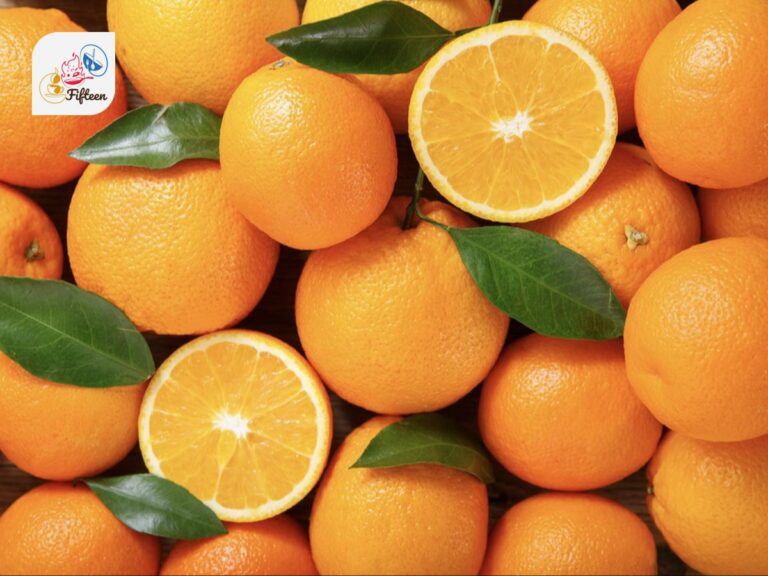
Orange
Orange is a popular citrus fruit, widely appreciated for its vibrant color, juicy texture, and a perfect balance of sweetness and acidity, packed with vitamin C.
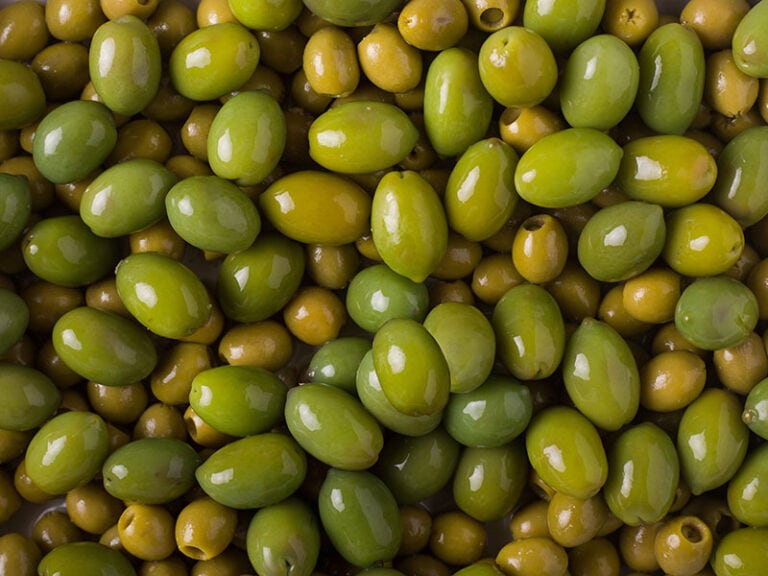
Olive
Olive is a small, oval fruit, essential in Mediterranean diets, known for its distinctive, savory flavor, primarily used to produce olive oil and eaten as a snack.
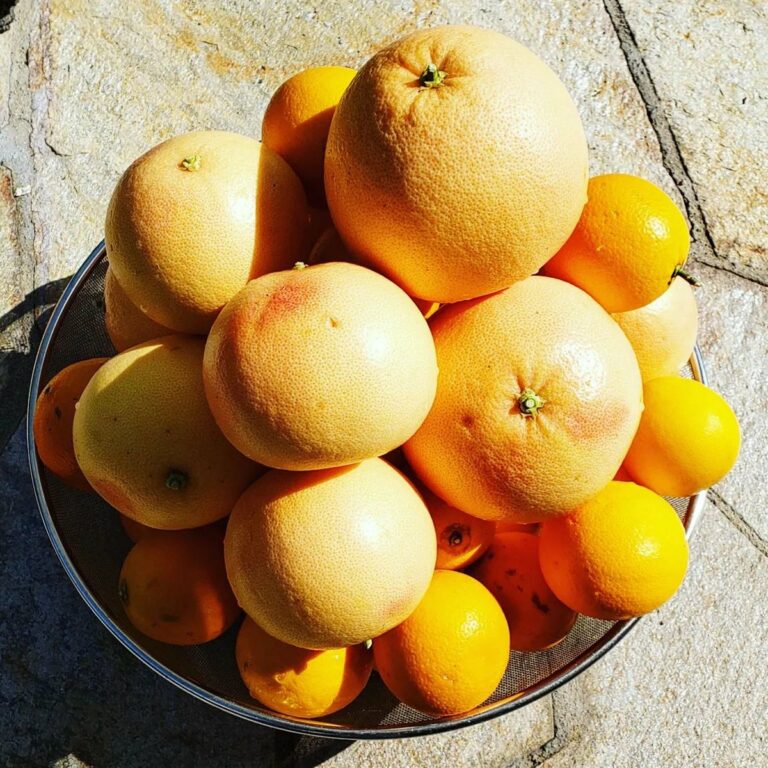
Orangelo
Orangelo is a citrus hybrid, combining the sweet taste of oranges with the slightly tart flavor of grapefruit, offering a unique, refreshing taste experience.
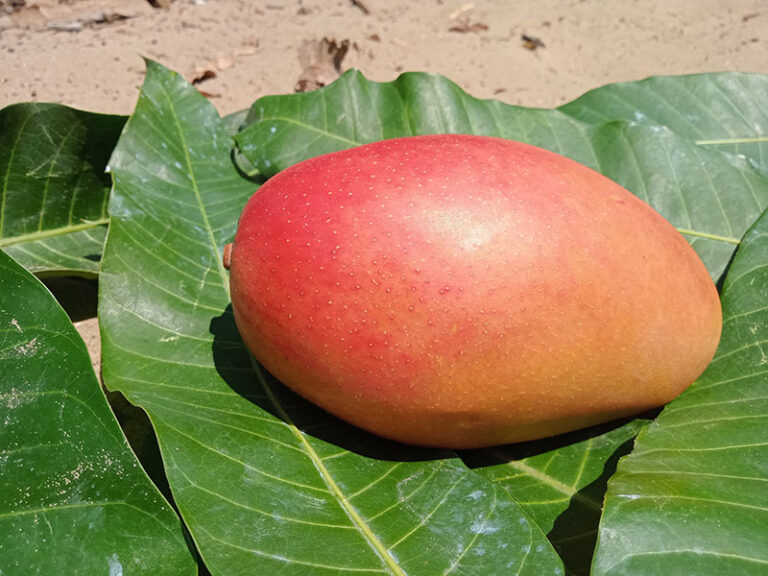
Osteen Mango
Osteen mango is a juicy, tropical fruit known for its fibrous, sweet flesh with minimal tartness, encased in a deep purple skin when fully ripe, popular for fresh consumption.
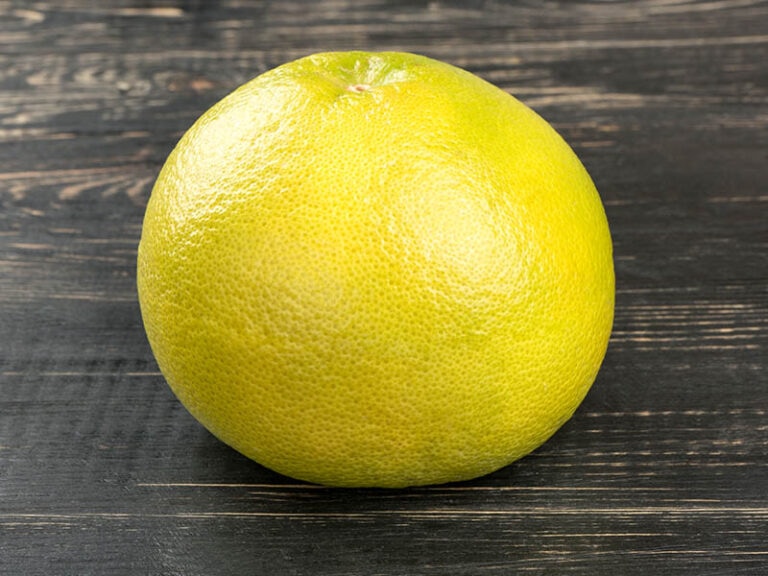
Oroblanco
Oroblanco is a cross between grapefruit and pomelo. It presents a sweet, juicy, and less bitter alternative to traditional grapefruit, encased in thick, pithy skin and enjoyed fresh or in salads.
What do you think about these O-starting fruits? There are more options aside from these 5 picks to satisfy your curiosity.
Make sure to share these interesting vegetable choices with others around you to expand their knowledge. Also, don’t forget to check out other veggies based on the letters listed below. They are full of surprises!

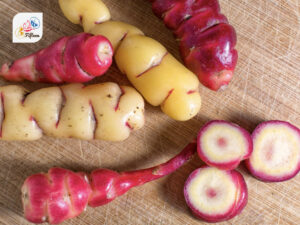

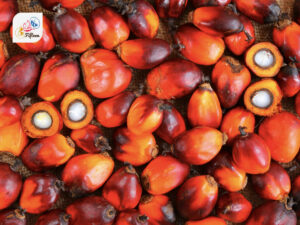
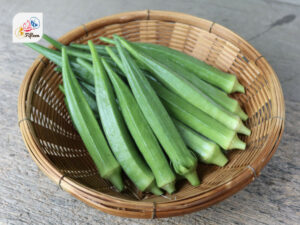
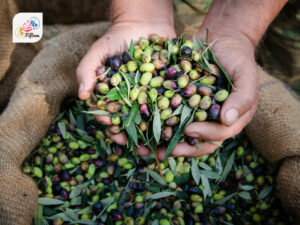
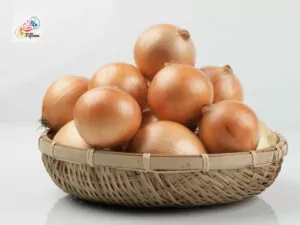

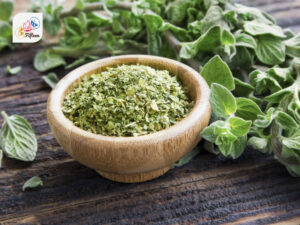
Jamie Scott
Editor in Chief, Senior Content Writer
Expertise
Home Cooking, Meal Planning, Recipe Development, Baking and Pastry, Food Editor, Cooking-video Maker, Western Food Evaluation Expert
Education
Le Cordon Bleu College of Culinary Arts
Local Community College, New York, NY
Jamie Scott is a skilled culinary expert and content creator specializing in Western cuisine. With over 15 years in the culinary field and formal training from Le Cordon Bleu, Paris, Jamie deeply understands how to blend nutrition with delicious flavors. His passion for cooking matches his commitment to making healthy eating accessible and enjoyable.
On Fifteen.net, Jamie brings a fresh perspective to classic dishes and beverages, offering readers insightful recipes, cooking tips, and a fresh view on meal planning that emphasizes taste, health, and simplicity.